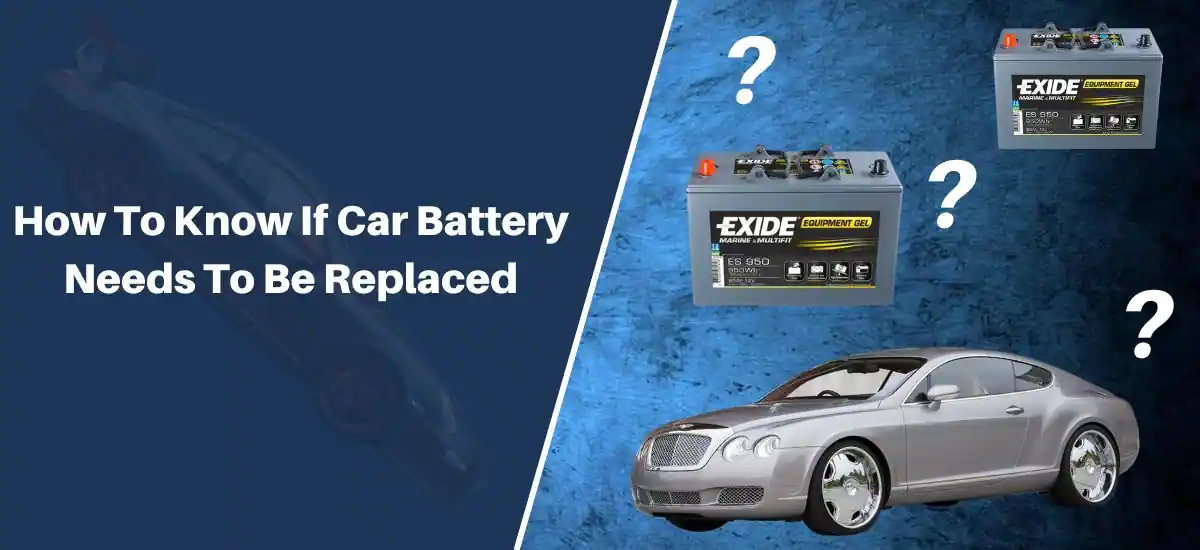The battery is necessary for the car to start. Along with providing power to the vehicle’s electronic components (stereo, lights, power windows/doors, electric power steering, etc.), its primary function is that of a battery. The average 12-volt car battery lasts 5 to 7 years before it needs to be replaced. If the battery dies or weakens, you will likely notice some telltale signs.
You can expect it to last longer or it can die sooner depending on how you care for your vehicle and other factors. It will drain the battery if the car sits unused for long periods of time or is driven a lot in cold weather. A jump start may be all it takes to get it going, and the alternator will keep it recharging as you drive. The battery will eventually lose its charging capacity and will need to be replaced.
1. Check the Battery Voltage: Use a voltmeter to check the voltage of the batteries. The reading should be 12.4-12.7 volts for a healthy battery.
2. Check the Battery Cables: Check for any corrosion on the cables or any other signs of damage.
3. Check the Battery Condition: If the battery is swollen, leaking, or has any other physical damage, it needs to be replaced.
4. Check the Battery Age: If the battery is more than three years old, it should be tested and replaced if necessary.
5. Check the Battery Performance: If the battery is slow to start the engine or has difficulty cranking, it needs to be replaced.
If you know when it is time to replace the battery in your vehicle, you can save both time and money in the long run. Reading this article, you will obtain more information on How To Know If a Car Battery Needs To Be Replaced.
Causes Of Dead Car Batteries

A few different things can cause dead car batteries. The most common cause is simply leaving a car unused for long periods, which causes the battery to lose its charge. Corrosion on the terminals can also lead to a dead car battery, preventing the current from flowing properly.
Here are some causes that are in focus and frequently happen:
Signs Your Car Battery Needs To Be Replaced
Check the signs your car battery needs to be replaced:

Problems With The Battery And Other Starting Methods
After replacing the battery, are you still having problems getting the vehicle to start? Is your brand-new battery failing you sooner than expected? Are you experiencing trouble safely starting your automobile with jumper cables? These are indications that a dead battery does not just cause your problem:

Problems With the Alternator: The alternator in your vehicle is responsible for recharging the battery while driving. If you replace your battery and it dies shortly after, the problem may lie in the alternator.
Low Battery Capacity: Alternately, if a battery dies quickly after being replaced, this might be an indication that the battery was defective. Even while this happens very seldom, it has been known to happen. If you take your vehicle to a skilled technician, you will probably find that a warranty covers the repairs.
Battery Completely Depleted: Are you taking precautions to safeguard your battery? You may ruin your car’s battery by leaving the lights on or having chargers plugged in.
Starter Problems: The starter in your automobile is in charge of turning the engine over to begin moving your vehicle. If there is a problem with your car’s starter, even if the battery is ultimately charged, the vehicle will not turn over.
Jot Down The Eight Steps Involved In Charging A Car Battery.
Frequently Asked Questions
1. How can you tell if your car battery is going bad?
You can tell if your car battery is going bad if you notice any of the following symptoms:
- Your car takes longer to start than usual.
- The headlights and other electrical components dim when the engine runs.
- You hear a grinding or clicking noise when you turn the key in the ignition.
- Your battery is more than three years old.
- The battery case is bloated or swollen.
- The battery terminals are corroded or have a white powdery substance on them.
- Your battery fluids are low or have a brownish color.
2. How often should a car battery be replaced?
The life expectancy of a car battery depends on many factors, including the type of battery, the climate in which it is used, and how it has been maintained. Most car batteries should be replaced every 3 to 5 years.
Related Posts:

